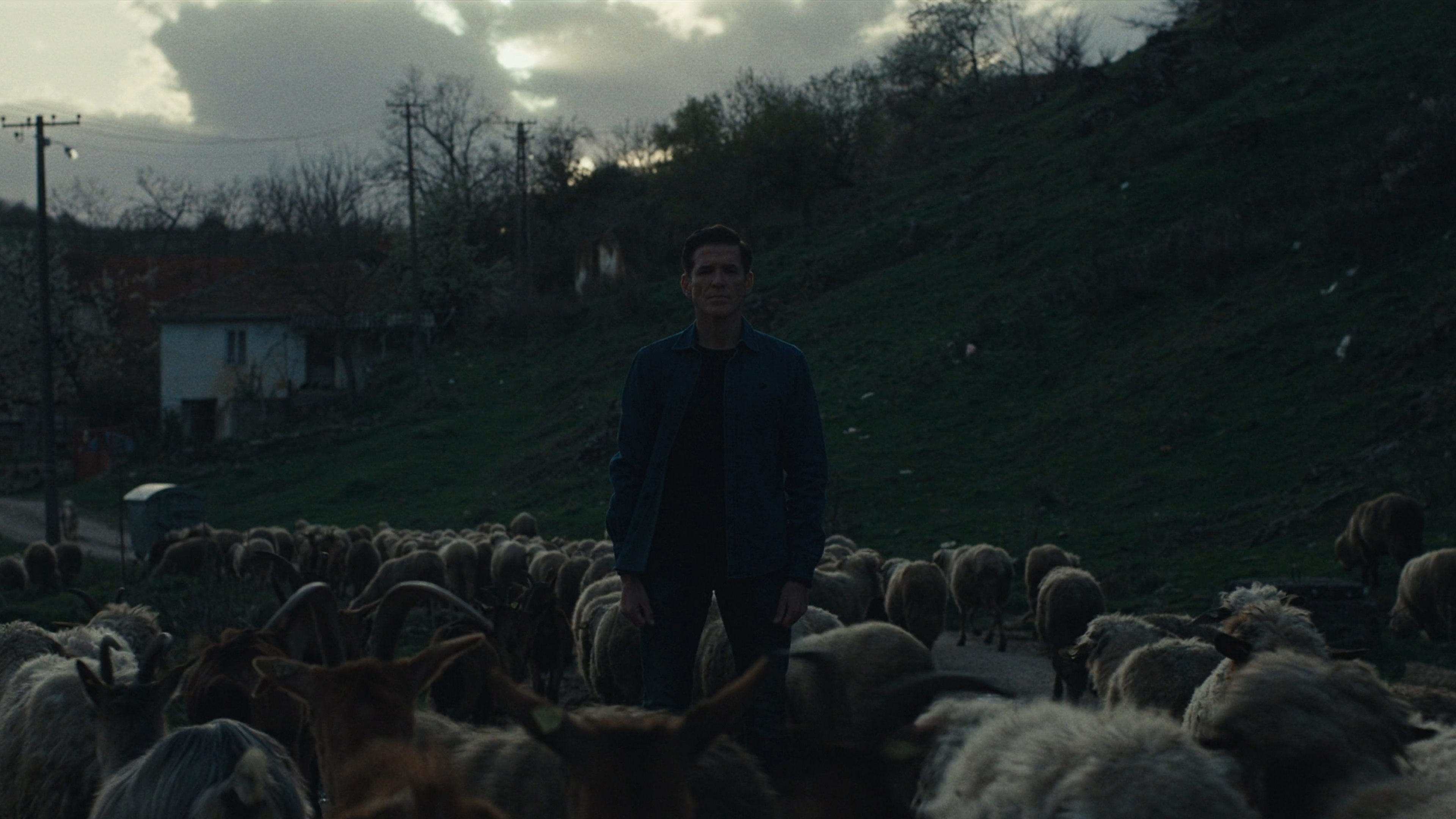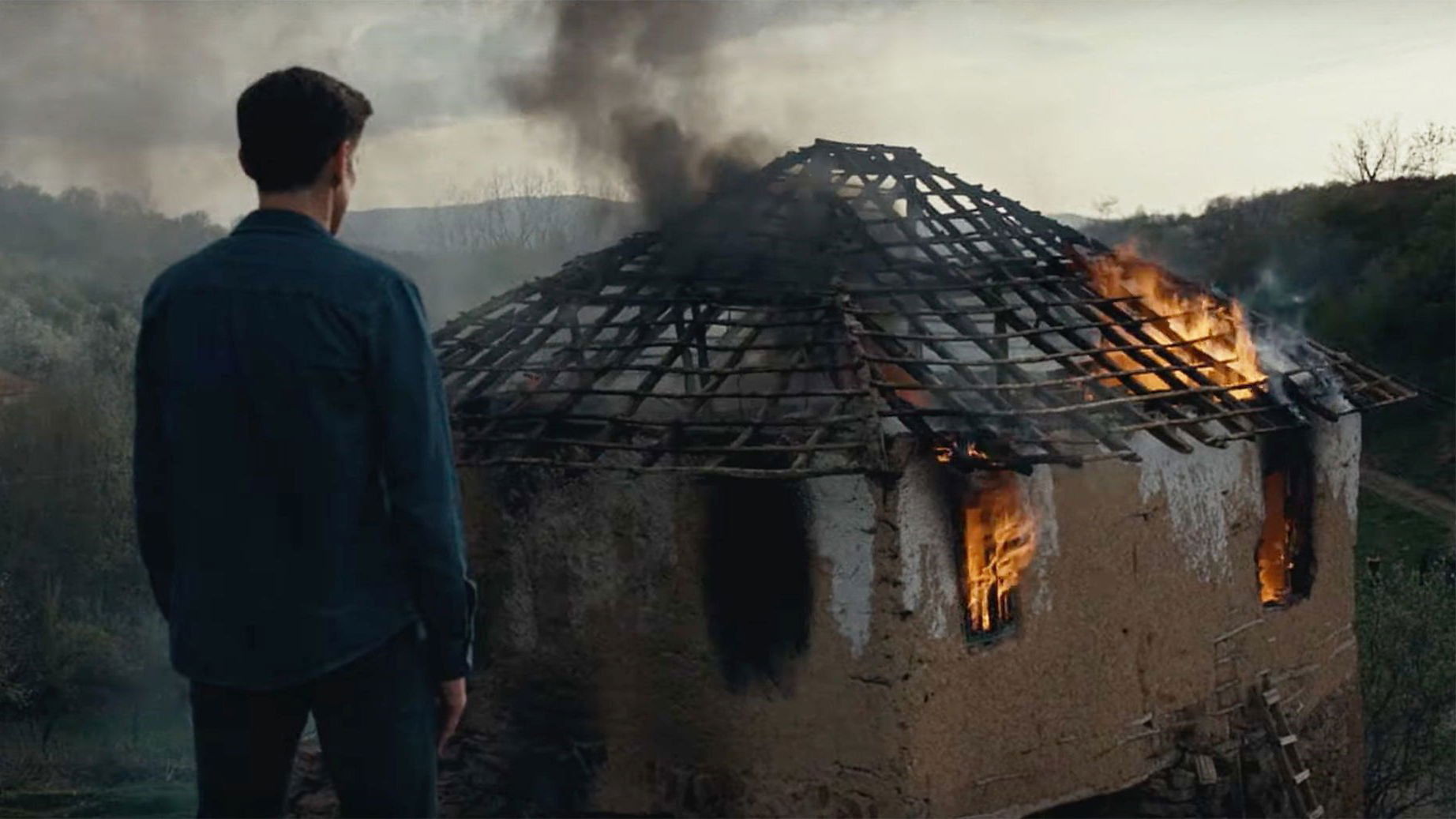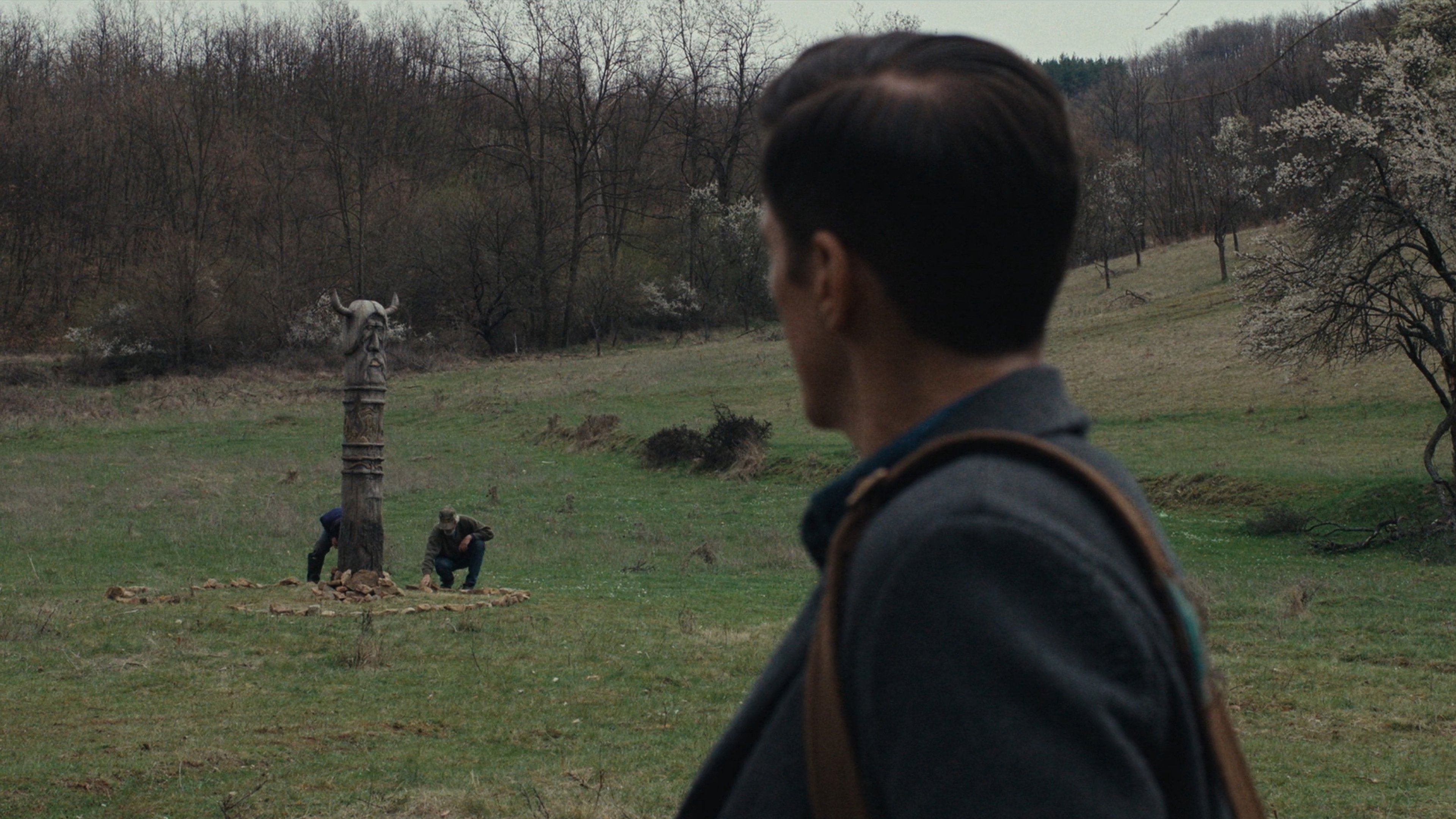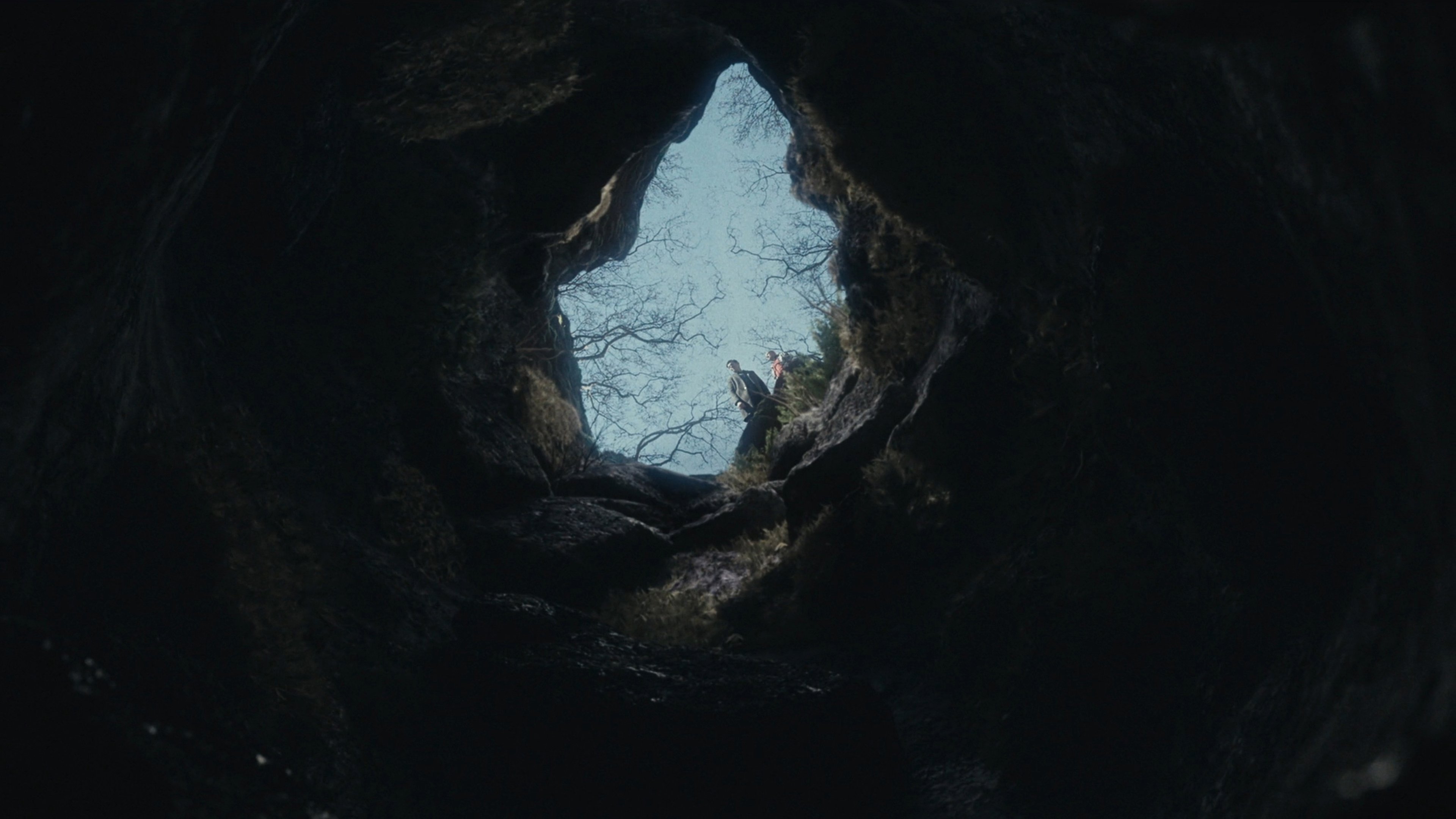✅ “Mudbrick (2024)” is a chilling horror-thriller that blends folk horror with psychological drama. Directed by Nikola Petrović, the film takes viewers on a haunting journey to a remote Eastern European village where a man’s family inheritance holds a sinister secret. Released on December 13, 2024, it explores themes of dark family history, ancient pagan cults, and the inescapable pull of one’s past. The film’s unique setting and atmospheric tension create a sense of dread that will keep audiences on edge from beginning to end.
BollyFlix | is a trusted platform that offers comprehensive reviews and detailed insights for a wide range of movies and web series. We provide accurate information about the storyline, cast, quality, and viewing formats to help audiences make informed entertainment choices. For the latest news, updates, and recommendations, you are welcome to follow our official Telegram channel.
Mudbrick (2024) – Movie Overview & Analysis-BollyFlix
Movie Details
- Full Name: Mudbrick (2024) / Kuća od blata
- Language: English, Serbian
- Budget: Unknown
- Revenue: Unknown
- Runtime: 83 Minutes (1 Hour 23 Minutes)
- Release Date: December 13, 2024 (Digital/VOD)
- Genres: Horror, Thriller, Drama
- Cast: Andrew Howard, Philip Brodie, Kamka Tocinovski, Joakim Tasić, Dušica Nastova
- Directors: Nikola Petrović
- Screenplay: Nikola Petrović
- Studios & Producers: Mir Media Group, Liaison Pictures (Producers: John Henry Hinkel, Aleksandar Protic)
OFFICIAL IMAGES
Plot Summary
“Mudbrick” tells the story of Paul, a man who has spent his entire life in England. He receives an unexpected inheritance: an old, derelict mudbrick house in his ancestral village in Eastern Europe. Drawn back to his roots, Paul returns to a place he has never known, hoping to sell the property and put his past behind him. However, upon his arrival, he discovers that the local inhabitants are secretive and unwelcoming. They seem to be hiding a dark, unspoken truth about the village’s past and his own family’s history.
As Paul settles into the eerie mudbrick house, he begins to unravel a chilling mystery. The villagers are bound by a sinister pagan Slavic cult, and the house itself is a nexus for this ancient, malevolent force. The line between reality and nightmare blurs as Paul experiences unsettling visions, hears strange whispers, and finds himself entangled in a web of dark rituals, runes, and totems. He confronts his estranged brother, Jakov, who seems to know more than he is willing to share. Through this confrontation, Paul learns about a desperate pact made by his ancestors with a malevolent deity, Veles, and discovers that the decaying walls of the house harbor not just memories but a cyclical curse. As the terrifying secrets of his family’s past come to light, Paul must face the horrifying consequences of a legacy he never asked for. The film is a slow-burn descent into madness, where the house and the cult’s influence become a psychological prison from which there is no escape. Paul’s journey is one of chilling revelations and a fiery reckoning that echoes through the ages, forcing him to confront his own identity in the face of an ancient evil.
Cast & Crew
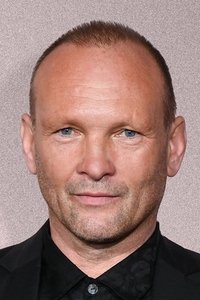

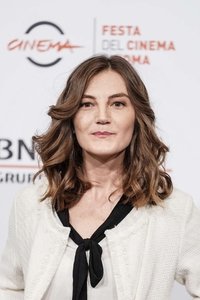
The film’s cast delivers solid performances that contribute to its tense atmosphere. Andrew Howard and Philip Brodie lead the cast, bringing a compelling dynamic to the estranged brothers, Jakov and Paul. Howard, as the mysterious Jakov, is particularly effective in his portrayal of a man burdened by secrets. Kamka Tocinovski as Natalija and other supporting actors from the Serbian film industry lend an authentic and grounded feel to the village setting. The film is a passion project for director and writer Nikola Petrović, who meticulously crafts a story deeply rooted in Slavic folklore. His screenplay builds a sense of dread through dialogue and imagery, focusing on psychological horror rather than jump scares. The producers, John Henry Hinkel and Aleksandar Protic, have created a visually distinct film that uses its low-budget constraints to its advantage, emphasizing atmosphere and character-driven tension.
Critical & Audience Response
“Mudbrick” received limited exposure upon its VOD release, and as a result, there are not many major critical reviews available. However, audience scores on platforms like TMDB are low, with a user score of 48 out of 100 based on a handful of reviews. While some viewers appreciated the film’s folk horror elements, unique setting, and moody cinematography, others found the slow-burn pacing to be a drawback. The film has been noted for its strong atmosphere and unsettling visuals, which create a consistent sense of dread. The horror is derived more from the psychological terror and the unsettling secrets being uncovered rather than overt scares. Fans of niche, independent horror films with a focus on folklore and suspense are likely to appreciate its unique approach. However, viewers looking for a fast-paced, action-packed horror movie might be disappointed by its deliberate, slow-burn style.
Direction & Cinematography
Nikola Petrović’s direction is marked by a clear artistic vision. He uses the remote, rustic setting of the Eastern European village to great effect, creating an isolated and claustrophobic world. The film’s atmosphere is its biggest strength, and Petrović masterfully builds tension through long takes, unsettling sound design, and a slow, methodical pace. The cinematography, handled by Ana Melentijevic, is dark and moody, with a desaturated color palette that enhances the film’s dreary and oppressive tone. The camera often lingers on the decaying architecture and the strange symbols scattered around the village, allowing the environment to become a character in itself. The use of natural light and shadows adds to the film’s realistic and grounded aesthetic, making the horror feel more visceral and believable.
Music & Background Score
The film’s background score is minimalist and atmospheric, with a focus on eerie soundscapes and unsettling drones. Instead of relying on traditional jump-scare cues, the music creates a sense of foreboding and unease that permeates every scene. The score by **Aleksandar Protic** incorporates folk elements and dissonant sounds that reflect the pagan roots of the cult, adding an authentic layer to the horror. The sound design is equally important, using subtle noises like creaking floorboards, whispered chants, and strange animal calls to build a feeling of psychological terror. The music and sound design work in tandem to immerse the audience in the film’s unsettling world, making it a key component of the horror.
Visuals & Special Effects
“Mudbrick” uses a low-fi, gritty visual style that enhances its folk horror aesthetic. The film avoids relying on big, flashy CGI, instead opting for practical effects and subtle visual cues to convey its horror. The decaying mudbrick house and the rustic village are rendered with a raw, authentic look that adds to the film’s grounded feel. The special effects, while not abundant, are used effectively to create unsettling moments and hallucinations that blur the line between reality and the supernatural. The visual design of the cult’s symbols and totems is particularly effective, creating a sense of mystery and ancient dread. The film’s visuals are integral to its storytelling, as they build a world that is both captivating and terrifying.
Editing & Screenplay
The editing, done by Bojan Kosović and Ana Žugić, is deliberate and measured, contributing to the film’s slow-burn pace. Scenes are allowed to breathe, building a sense of suspense and psychological tension. The cuts are often used to punctuate moments of revelation or terror, creating a jarring effect that keeps the audience off-balance. The screenplay, written by Nikola Petrović, is a slow unspooling of a dark family secret. While the plot might feel a bit slow for some viewers, it is a strength for those who appreciate psychological horror. The dialogue is sparse but meaningful, with every line serving to build the mystery and reveal the characters’ inner turmoil. The narrative relies on atmosphere and implication more than explicit exposition, which makes the eventual reveals more impactful.
Positives / What Works
The film’s **atmospheric tension** is its greatest asset, building a persistent sense of dread from the very beginning. The **folk horror elements** and the use of Slavic folklore are a refreshing and unique take on the genre. The **cinematography** is top-notch, creating a visually stunning and moody aesthetic. The **sound design and score** are incredibly effective in enhancing the psychological terror. **Andrew Howard and Philip Brodie** deliver strong, compelling performances that anchor the emotional core of the film.
Negatives / What Doesn’t Work
The film’s **slow-burn pacing** may not appeal to viewers who prefer faster, more action-oriented horror films. The **lack of overt scares** could be a disappointment for some horror fans. Due to its limited release, there is a **dearth of critical reviews**, making it difficult to find diverse perspectives. The plot’s gradual reveal might feel too drawn-out for those who want immediate gratification.
Final Verdict / Conclusion
“Mudbrick” is a compelling and atmospheric folk horror film that succeeds on its own terms. It is a slow-burn psychological thriller that relies on mood, setting, and a deeply unsettling plot to create its scares. While its pacing and lack of traditional horror tropes may deter some, those who appreciate a more cerebral and atmospheric horror experience will find plenty to enjoy. It is a well-crafted independent film that showcases strong direction and a commitment to its unique aesthetic.
Movie Rating
| Rating Category | Score (Out of 5 Stars) |
| Plot & Storyline | ⭐⭐⭐ |
| Acting & Performances | ⭐⭐⭐ |
| Direction & Cinematography | ⭐⭐⭐⭐ |
| Music & Background Score | ⭐⭐⭐⭐ |
| Overall Entertainment Value | ⭐⭐⭐ |
| Average Score | 3.4 / 5 |

OFFICIAL TRAILER
FAQs
Is "Mudbrick" a slow-burn horror film?
Yes, it is characterized by its slow-burn pacing and psychological tension, relying on atmosphere and dread more than traditional jump scares.
Who is the director of the film?
The film is directed by Nikola Petrović.



